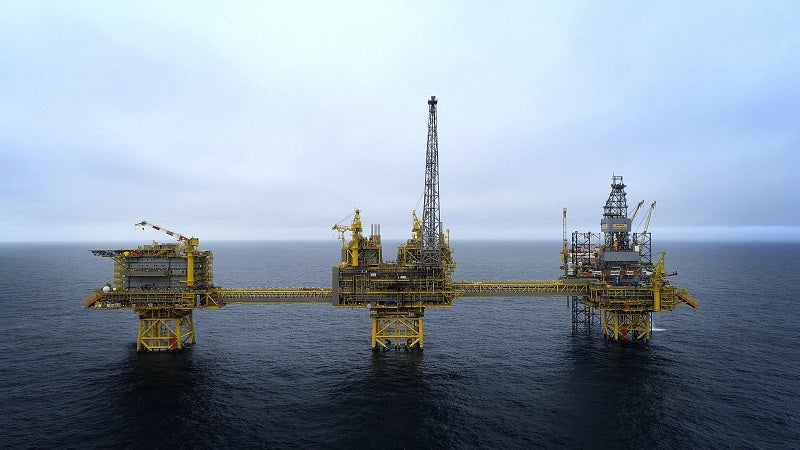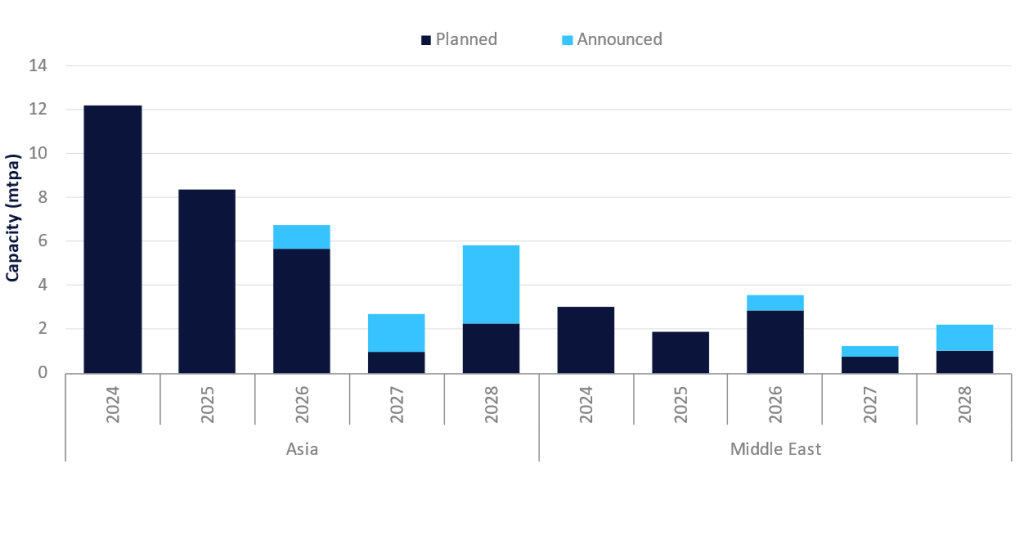Despite commitments to keep gradually phasing out its usage of fossil fuels, China has admitted that it is still some way off reaching peak carbon emissions, as it population is huge and its need for power will likely keep growing.
The country’s National Energy Administration (NEA) issued an official statement on Thursday indicating the nation will reform and upgrade its power network to accommodate more renewables and enhance green power trading.
But China is still “a developing country, pursuing modernisation for a huge population”, said the head of law and institutional reform at the NEA, Song Wen, with “great efforts still needed to achieve the goals of peak carbon and carbon neutrality”.
NEA head Zhang Jianhua also said China had invested $676bn (4.79trn yuan) in its energy transition in 2023.
A recent report from GlobalData, Offshore Technology’s parent company, revealed that China’s solar photovoltaic (PV) capacity reached 609.5GW in 2023, while its onshore and offshore wind capacity stood at 408.1GW and 37.7GW, respectively.
Despite China’s energy transition picking up pace in recent years, with vast solar, wind, hydropower and nuclear projects being built, the nation still remains one of the biggest GHG emitters, thanks mainly to its continued use of coal and oil.
A recent report by the Energy Institute revealed that the global consumption of fossil fuels such as coal and oil climbed to a record high in 2023, causing emissions to rise above 40 gigatonnes of carbon dioxide for the first time.
Fossil fuel consumption rose by 1.5% to 505 exajoules, despite a concurrent rise in the use of renewable energy in 2023.
While advanced economies may have reached peak emissions from the energy sector, developing economies are continuing to increase their use of coal, gas and oil, according to the report.
As part of its post-Covid recovery, the report indicated that China’s fossil fuel use was up 6%, but as a share of primary energy it has been in decline since 2011, down to just over 80% in 2023.
















